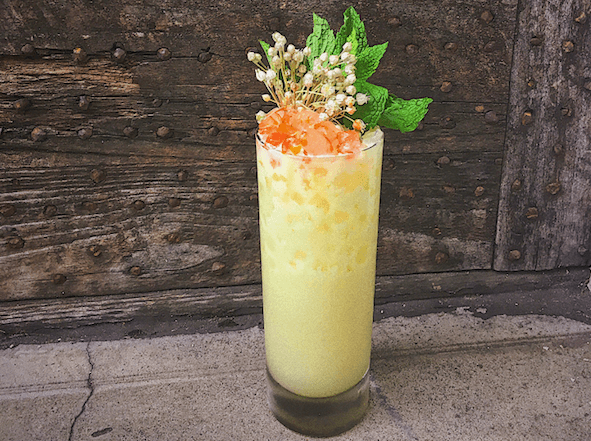The traditional formula for achieving balance in a cocktail involves four elements: strong, sweet, sour, and bitter (or weak, in the case of punch). As well as it works, it has its obvious limitations for bartenders bent on advancing their craft. What about salt, or spice, or umami components? If they matter on the plate, why not in the glass?
In recent years, beverage pros have begun to take more and more pages from the recipe books of the chefs they work with, in search of answers to those questions.





